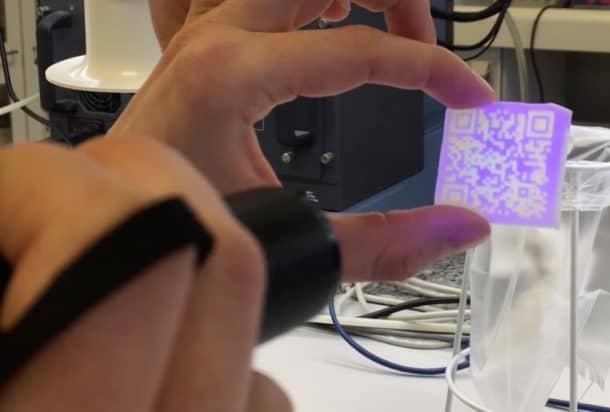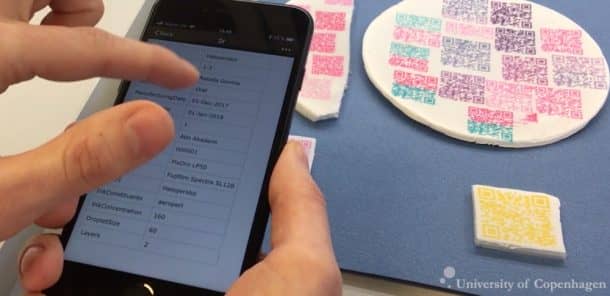The University of Copenhagen has carried out a new research that could be used as the medicine of tomorrow and may be easier to swallow in addition to being smarter than the pills of today. This futuristic medicine comes in the form of edible QR codes that are made by inkjet printing and can contain a dose of medicine tailored to the particular needs of the patient.
The edible QR codes are just an added benefit that can be scanned before consumption to provide the necessary information. But, the real promise lies in the printing of medicine. In addition to printing this medicine, you can create the perfect dose.

Putting a number of different medicines on the same print can reduce the number of pills a patient needs to take and it can be in exact proportions the patient requires rather than being rounded to the nearest amount that is available in the market. It will even be possible to customize the rate at which the dose is released once it is swallowed.
Different colours can be used to identify the different medicines in a single print and the intensity of the colour can be used to indicate the strength of the dose. The edible QR codes will give the patients access to useful information. Data like the dose, the patient’s name, use by date, manufacturer info, and instructions on how to take the medicine could all appear on a smartphone screen when scanning the medicine, or if more info was required, the code could redirect to a webpage.

The team’s research is promising and even when the edible QR codes are exposed to humid conditions, they remained readable on iOS and Android as long as the codes were flat at the time of printing and kept uncrumpled before scanning.
This technology is still not perfect and the patient will need a charged device to read the code and a connection to the internet will also be required if the data is to be pulled from the web. The codes can also be rendered unreadable in case of damage or if they fade over time.
The researchers are still working on the new technology and hope that this will help patients adhere to prescription drugs. You can see what they have accomplished so far in the video below:


